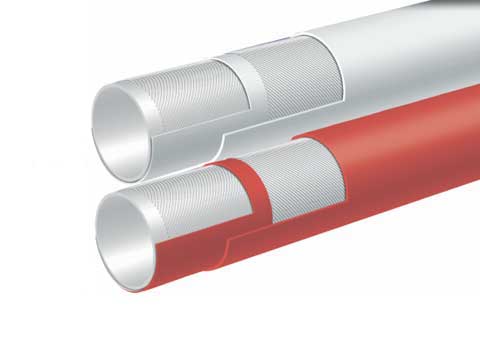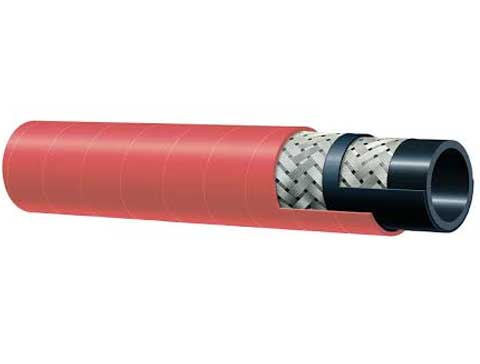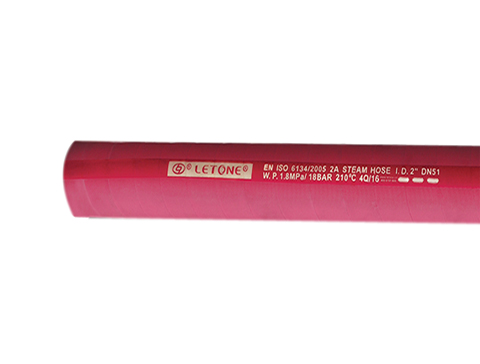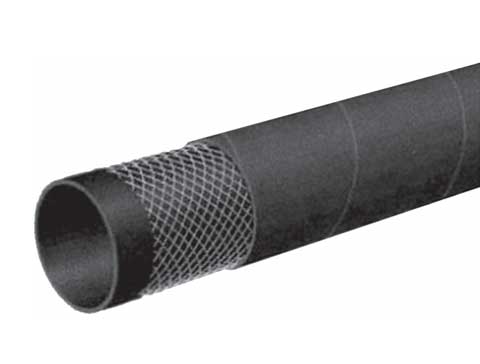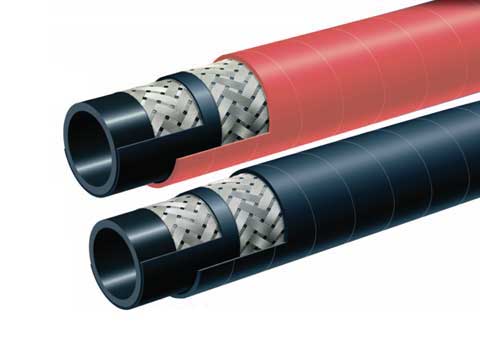Steam hoses are used to channel dry or wet steam for various applications. Some common industrial uses include sterilization processes and lubrication. They must be safe and durable to handle the high temperatures of steam.
Choosing a pipe size for a steam pipeline can be complicated and time consuming. Many graphs, charts and tables are available to help with this process. There are also empirical formulae that can be programmed in a spreadsheet to make quick calculations.
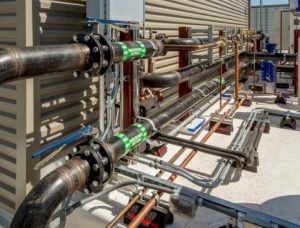
flexible woven steam hose
The steam hose is an important component in most industrial processes. The right hose can improve productivity and efficiency by reducing downtime. The right hose will be rated for the operating temperature and pressure of your process. It will also be compatible chemically with the materials that are being transported. It will be flexible and able to withstand bending stresses. It will also be able to resist abrasion and heat.
To ensure the hose is safe for use, it should be properly cleaned and stored between uses. It is also important to inspect the hose regularly for deterioration when not in use. The hose can be inspected for cracks or tears to prevent injury or death due to leaks.
If you find a crack or tear in the hose it should be replaced. Be sure to check the hose for popcorning. This is a condition where the inner tube gets damaged by water vapor cooling while the hose was not in use. This can result in clogging the hose and eventually cause it to burst. Drain the hose immediately after use to avoid popcorning. Additionally, the hose should be stored in a rack or on a pallet to minimise damage.
how to choose hose steam
Steam hoses are very hot, and should only be handled by distributors and fabricators who are fully qualified. Regularly inspect them for gouges and kinks as well as loose clamps, damage to the cover, and exposed reinforcement. Also, they should be re-tightened after every use and a static check performed to ensure proper operation. The couplings for the hoses should be bolt type, not crimp fittings. They should be tightened with calibrated torque wrenches, not impact wrenches.
To avoid system failure, it is crucial to correctly size the pipe for saturated and superheated applications. It is important to determine the pressure drop and steam velocity to correctly size the pipe. There are several graphs, tables and slide rules available to help with the calculation, but one method that has stood the test of time is the 'pressure factor' method.
The 'pressure factor' method is an easy to understand way of calculating the required pipe size for a specific application. It uses a table of values that can be interpolated to give the desired result. For example, if the steam flow rate is 270 kg/h, then it would be necessary to select a pipe of size 50 mm. Equation 10.2.8 can be used to calculate the pressure drop, and the velocity after determining the pipe size.
installation of steam dryer hose kit
Steam can cause damage to a piping system when it is released. This is particularly true if the pipe is long and slender, or if there are sharp bends in the line. Water hammer can be caused by the sudden release steam into a small space. The pressure that results can damage the insulation and even cause it to break.
Steam pipe systems are sized according to velocity and pressure drop. The formulas found in Sections 10.2.9 and 10.2.10 are a good way to determine the size of a pipe. However, there are also empirical formulae that can be programmed into a calculator or spreadsheet. These formulae will give results that are similar to the pressure factor method.
This photo shows a 'Tee" that has been removed from a wall. The insulation is also gaping. This is evidence of a water hammer. This piping should be re-insulated, and steam traps installed to drain condensate from the line. Install steam traps at low sections of pipe and at any changes in direction such as a 90 degree bend. The steam traps must be properly sized to prevent overflow of the condensate. This will prevent damage and increase the safety of the operator.

